Home>diy>Building & Construction>How To Get A Building Permit For A House
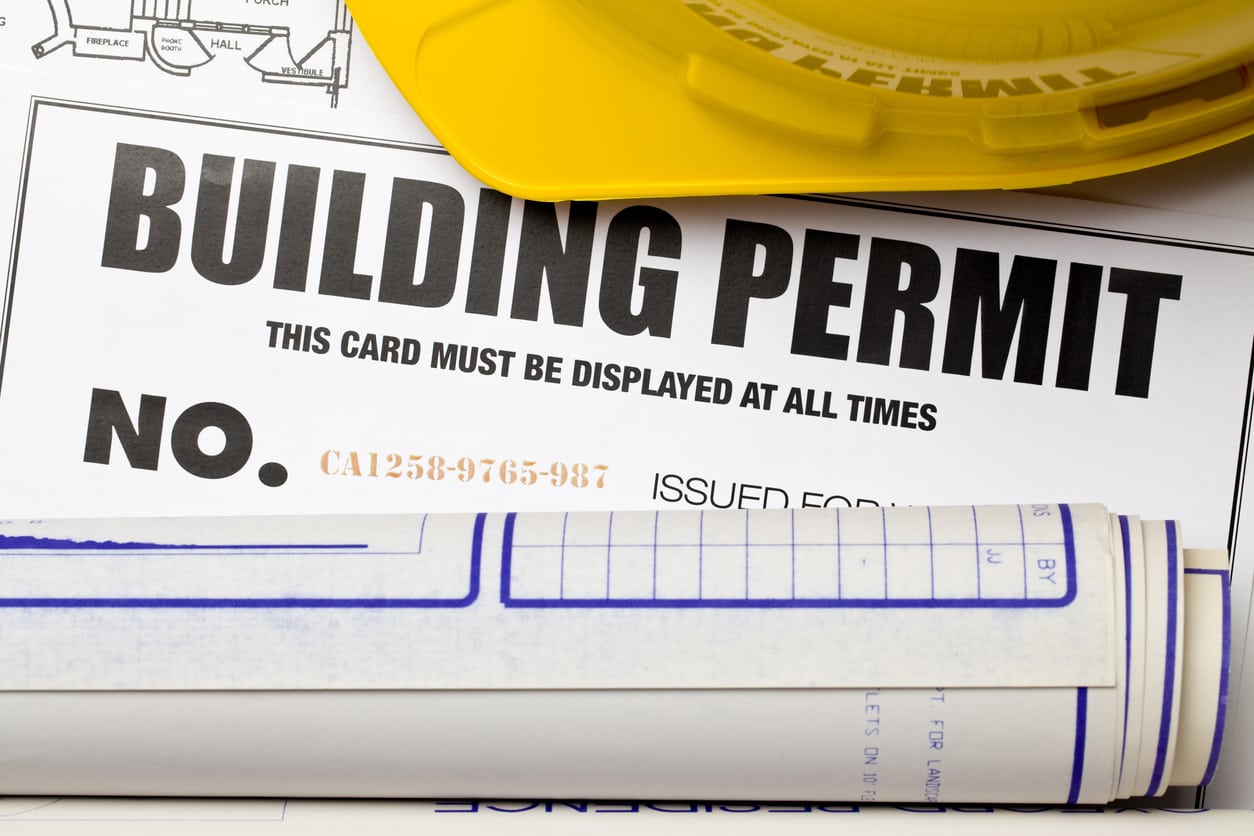

Building & Construction
How To Get A Building Permit For A House
Modified: January 24, 2024
Learn how to obtain a building permit for your house construction project. Our step-by-step guide simplifies the process.
(Many of the links in this article redirect to a specific reviewed product. Your purchase of these products through affiliate links helps to generate commission for Storables.com, at no extra cost. Learn more)
Introduction
Welcome to the ultimate guide on how to get a building permit for a house. If you’re planning to construct a new house or make significant renovations, it’s crucial to understand the process of obtaining a building permit. Building permits are essential for ensuring that construction projects comply with local building codes, regulations, and safety standards. They help to safeguard the structural integrity of the building, as well as the health and safety of its occupants.
While the specific requirements for obtaining a building permit may vary depending on your location, the general steps and considerations discussed in this guide will provide you with a solid foundation to navigate the permitting process. So, let’s dive in and explore the various stages involved in obtaining a building permit for your house.
Key Takeaways:
- Obtaining a building permit for your house is a crucial step to ensure safety and compliance with building codes. Understanding the process, preparing required documents, and attending inspections are vital for a successful permit application.
- Building permits provide legal authorization and peace of mind for your construction project. By following the steps and maintaining open communication with the permitting authority, you can create a safe and well-constructed home within regulatory bounds.
Read more: How To Get A City Permit For Construction
Understanding Building Permits
Before we begin the process of obtaining a building permit, it’s essential to understand what building permits are and why they are necessary. Building permits are official documents issued by the local governing authority that grant legal permission to commence construction or renovation projects. They are intended to ensure that the construction work meets all applicable building codes, zoning regulations, and safety requirements.
Building permits serve several important purposes:
- Ensuring Structural Integrity: Building permits ensure that the structural design and construction methods used meet the required standards to ensure the safety and stability of the building.
- Compliance with Building Codes: Permits ensure that the construction work adheres to the local building codes and regulations, including fire safety, electrical, plumbing, and accessibility requirements.
- Zoning and Land Use: Building permits help ensure that the construction or renovation project complies with zoning restrictions and land-use regulations, ensuring that the building is suitable for its intended purpose and location.
- Health and Safety: By obtaining a building permit, you are demonstrating your commitment to ensuring the health and safety of future occupants by complying with building and safety codes.
It’s important to note that construction work without a permit can lead to serious consequences. Not only can it result in fines and penalties, but it can also pose safety hazards and cause complications in the future, such as difficulties in selling or insuring the property. Therefore, it is essential to understand and adhere to the process of obtaining a building permit before starting any construction or renovation project.
Step 1: Determine the Permitting Authority
The first step in obtaining a building permit for your house is to determine the permitting authority responsible for issuing permits in your jurisdiction. The specific agency or department may vary depending on your location, typically either the local city or county government.
To identify the permitting authority, you can:
- Check the official website: Visit the website of your city or county government and navigate to the building permit section. Here, you will find contact information and details about the department responsible for handling building permits.
- Contact the local government office: If you are unable to find the information online, reach out to the local government office through a call or visit in person to inquire about the permitting authority.
- Consult with a professional: If you are working with an architect, contractor, or construction consultant, they will likely have knowledge of the permitting process and can guide you in determining the relevant permitting authority.
Once you have identified the permitting authority, make note of their contact information, including the office address, phone number, and email. This information will be crucial as you progress through the permit application process.
Keep in mind that different jurisdictions may have specific requirements and procedures for obtaining building permits. It is essential to familiarize yourself with the specific regulations and guidelines set forth by the permitting authority in your area. This will help ensure a smooth and efficient process as you move forward with your building project.
Step 2: Research Building Codes and Regulations
Once you have determined the permitting authority, the next step is to research the building codes and regulations applicable to your construction project. Building codes are a set of guidelines and standards that dictate the minimum requirements for building design, materials, and construction practices. Adhering to these codes is essential in ensuring the safety, durability, and functionality of your house.
To research the building codes and regulations:
- Contact the permitting authority: Reach out to the permitting authority and inquire about the specific building codes and regulations that apply to your project. They will be able to provide you with the relevant documents or direct you to the appropriate resources.
- Check the official website: Many permitting authorities have comprehensive resources available on their website, including building code handbooks, zoning ordinances, and other relevant documents. These resources can provide detailed information on the requirements you need to meet.
- Consult with professionals: If you’re working with architects, engineers, or contractors, they will be well-versed in the local building codes and regulations. Consult with them to ensure that your construction plans align with the requirements set forth by the permitting authority.
- Attend informational sessions or workshops: Some permitting authorities offer informational sessions or workshops to help educate homeowners and builders on the building codes and regulations. These sessions can be incredibly helpful in understanding the requirements and guidelines you need to follow.
It’s important to note that building codes and regulations are continuously updated. Therefore, make sure you are referencing the most current versions to ensure compliance. Failing to adhere to these codes can result in delays in the permitting process or the need for costly and time-consuming modifications to your construction plans.
By thoroughly researching and understanding the applicable building codes and regulations, you can design and construct your house in a way that meets the required standards. This knowledge will also help you communicate effectively with the permitting authority and ensure a smoother permit application process.
Step 3: Prepare the Required Documents
Once you have a good understanding of the building codes and regulations, it’s time to gather and prepare the necessary documents for your building permit application. The specific documents required may vary depending on your jurisdiction, the scope of your project, and the permitting authority’s requirements. However, there are some common documents that are typically requested:
- Architectural Plans: Detailed architectural plans that outline the design and dimensions of your house. These plans should include floor plans, elevations, sections, and any other pertinent details.
- Structural Engineering Plans: If your construction project involves structural modifications or additions, you may need to provide structural engineering plans to ensure the stability and safety of the building. These plans typically include calculations, load analyses, and connection details.
- Site Plan: A site plan illustrates the location of your house on the property, including setbacks, driveways, utility connections, and landscaping details.
- Construction Specifications: These documents outline the materials, methods, and standards to be used in the construction process. It includes details such as the type of foundation, roofing materials, insulation, plumbing fixtures, and electrical wiring.
- Energy Efficiency Compliance: In some jurisdictions, you may need to demonstrate compliance with energy efficiency requirements by providing documents such as energy calculations, insulation plans, and HVAC system specifications.
- Environmental Impact Assessment: Depending on the location of your property, you may be required to provide an environmental impact assessment or complete other environmental-related documentation.
- Proof of Ownership: Some permitting authorities may require proof of ownership or consent from the property owner if you are not the legal owner of the property.
It’s crucial to carefully review the permitting authority’s guidelines to determine the specific documents required for your application. Ensure that all documents are complete, accurate, and meet the specified formatting and drawing requirements. If you’re uncertain about any aspect of the documentation, consult with professionals such as architects or engineers who can provide guidance and assistance.
By preparing the required documents in advance, you’ll be well-prepared to submit a comprehensive and organized application, which will increase the chances of a smooth and efficient permit approval process.
Read more: How To Get The Building Plans For My House
Step 4: Fill Out the Application Form
After gathering the necessary documents, the next step in obtaining a building permit for your house is to fill out the application form. The application form is typically provided by the permitting authority and serves as a standardized document to collect essential information about your construction project.
Here are some tips to help you successfully complete the application form:
- Read the instructions: Carefully read and understand the instructions provided with the application form. This will help you understand what information is required and how to complete the form correctly.
- Provide accurate and detailed information: Ensure that all the information you provide is accurate and up-to-date. This includes your personal details, project address, construction type, and any other relevant details. Be as specific as possible to avoid any confusion or potential delays.
- Attach required documents: As mentioned in the previous step, gather and attach all the required documents to your application form. Make sure they are properly labeled and organized.
- Seek professional assistance if needed: If you encounter any difficulties or complexities while filling out the application form, consider seeking guidance from professionals such as architects or engineers. They can provide valuable insights and ensure that all essential details are included in the application.
- Double-check for completeness: Before submitting the application form, review it thoroughly to ensure that all required fields are filled out, signatures are provided where necessary, and all attached documents are included.
Remember that the application form serves as a crucial piece of documentation that will be reviewed by the permitting authority. Providing accurate and detailed information will help streamline the review process and increase the likelihood of a prompt approval.
Once you have completed the application form and attached the necessary documents, you’re ready to move on to the next step: submitting the application to the permitting authority.
Tip: Research your local building codes and zoning regulations before applying for a building permit. Prepare detailed plans and ensure all necessary documentation is in order to expedite the process.
Step 5: Submit the Application
After carefully filling out the application form and gathering all the required documents, it’s time to submit your building permit application to the permitting authority. The submission process may vary depending on your jurisdiction, but here are some common steps to follow:
- Review the requirements: Before submitting the application, double-check that you have included all the necessary documents and that they meet the permitting authority’s guidelines.
- Make copies: It’s always a good idea to make copies of your completed application form and all the supporting documents. This ensures that you have a backup in case anything gets lost or misplaced during the submission process.
- Submit the application: Depending on the permitting authority, you may have the option to submit the application in person, by mail, or online. Follow the provided instructions to ensure that you submit your application through the correct channels.
- Pay the application fee: In most cases, a fee is required for building permit applications. Make sure to include the payment along with your application. The fee amount can vary depending on the size and scope of your project.
- Obtain a receipt or acknowledgment: If you are submitting your application in person or online, it’s a good idea to request a receipt or acknowledgment to confirm that your application has been received by the permitting authority.
Once the permitting authority has received your application, they will review it to ensure that all necessary information and documents are included. The review process may take some time, depending on the workload and complexity of your project. During this period, it’s essential to be patient and ready to respond to any additional requests or inquiries from the permitting authority.
Remember, submitting a complete and well-prepared application increases the chances of a smooth and expedited review process. Stay organized and maintain open communication with the permitting authority to ensure a successful submission of your building permit application.
Step 6: Pay the Required Fees
Once you have submitted your building permit application, the next step is to pay the required fees. Building permit fees help cover the costs associated with reviewing and processing your application, as well as conducting inspections throughout the construction process. The fee amount varies depending on factors such as the size and complexity of your project, as well as local regulations.
Here are the key steps to pay the required fees:
- Receive fee calculation: After submitting your application, the permitting authority will review it and calculate the applicable fees. This may take some time, so be patient and wait for the notification from the permitting authority.
- Review the fee breakdown: When you receive the fee calculation, carefully review the breakdown to understand how the total fee is calculated. This will help ensure that you are paying the correct amount.
- Payment options: Check the accepted payment methods for paying the fees. Typically, you can pay by cash, check, credit/debit card, or electronic transfer. The permitting authority will provide information on how to make the payment.
- Make the payment: Pay the fees within the specified timeframe to avoid any delays in the processing of your building permit. If using a check, ensure it is made payable to the appropriate permitting authority.
- Obtain a payment receipt: Once the payment has been processed, request a receipt or confirmation from the permitting authority as proof of payment. Keep this receipt in a safe place for future reference.
It’s important to note that some permitting authorities may have a fee schedule based on different stages of the construction process. This means that you may need to make additional payments for inspections or other services required during the project. Make sure you understand the fee structure and keep track of any additional payments that may be required.
Paying the required fees in a timely manner is crucial to keep your building permit application on track. It helps to support the permitting authority’s efforts in reviewing and approving your application, ensuring compliance with building codes and regulations.
Step 7: Attend any Necessary Inspections
Once your building permit has been approved and construction has commenced, it is important to be prepared for and attend any necessary inspections throughout the construction process. Inspections are conducted by the permitting authority to ensure that the construction work is being carried out in compliance with the approved plans and applicable building codes. These inspections help verify the structural integrity, safety measures, and adherence to building regulations.
Here are the key points to consider when attending inspections:
- Schedule inspections: The permitting authority will provide information on how to schedule inspections and the required notice period. It is important to contact the permitting authority well in advance to schedule the inspections at the appropriate stages of construction.
- Be prepared: Before the scheduled inspection, review the approved construction plans and checklist provided by the permitting authority. Ensure that the relevant areas of the construction site are accessible and ready for inspection. Have any required documentation, such as approved plans and permits, readily available.
- Accompany the inspector: On the day of the inspection, be available to accompany the building inspector throughout the inspection process. This provides an opportunity to address any questions or concerns they may have and facilitates clear communication between you and the inspector.
- Address deficiencies: If any deficiencies are identified during the inspection, work with the inspector to understand the required corrections or modifications. It is crucial to address these deficiencies promptly to maintain compliance with building codes and regulations.
- Request re-inspection if necessary: If corrections or modifications are required, make the necessary changes and request a re-inspection to ensure compliance. Keep track of any follow-up inspections needed to address any outstanding issues.
Attending inspections allows you to stay informed about the progress and quality of your construction project. It also demonstrates your commitment to following the approved plans and building codes, ensuring compliance with safety and regulatory standards.
Cooperating with the inspectors, addressing any deficiencies promptly, and maintaining clear communication will help to ensure a successful inspection process and move your construction project forward smoothly.
Read more: How To Get Construction Permit
Step 8: Receive the Building Permit
Congratulations! The final step in obtaining a building permit for your house is receiving the official approval in the form of a building permit. This document serves as confirmation that your construction project has met all the necessary requirements and is compliant with the local building codes and regulations.
Here’s what you can expect during the process of receiving the building permit:
- Approval notification: Once all inspections are successfully completed, and any outstanding issues have been addressed, the permitting authority will notify you of the approval status. This notification can be in the form of an email, letter, or online notification.
- Permit issuance: After receiving the approval notification, you can proceed to collect the building permit from the permitting authority. This may require visiting their office in person or making arrangements for the permit to be mailed or digitally provided to you.
- Review the building permit: Upon receiving the building permit, carefully review it for accuracy. Ensure that all the information is correct, including the project details, permit number, and any conditions or restrictions stated in the permit.
- Display the permit: As required by the permitting authority, prominently display the building permit at the construction site. This serves as a visual indication of compliance with the approved plans and allows inspectors and officials to easily identify the permitted project.
Obtaining the building permit is a significant milestone as it grants you the legal authorization to continue with the construction of your house. It shows that your project has met all the necessary requirements for safety, structural integrity, and adherence to building codes.
Throughout the construction process, you must continue to comply with the conditions and regulations outlined in the building permit. Any changes or deviations from the approved plans should be promptly addressed with the permitting authority to ensure ongoing compliance.
Remember, the building permit may have an expiration date, so be mindful of the timeframe within which the permit remains valid. In cases where construction is not completed within the given period, an extension or new permit may be required.
Receiving the building permit marks the successful completion of the permitting process and allows you to continue with your construction project with confidence and peace of mind.
Conclusion
Obtaining a building permit for your house is a crucial step in ensuring the safety, compliance, and success of your construction project. While the specific requirements and processes may vary depending on your location, understanding the general steps involved in obtaining a building permit will help guide you through the journey.
In this guide, we discussed the key steps to follow:
- Determining the permitting authority responsible for issuing permits in your jurisdiction.
- Researching and understanding the building codes and regulations that apply to your construction project.
- Preparing the necessary documents, including architectural plans, engineering specifications, and site plans.
- Filling out the application form accurately and completely.
- Submitting the application along with the required fees.
- Attending necessary inspections during the construction process.
- Receiving the building permit, which acts as official confirmation of compliance with codes and regulations.
Throughout the entire process, it is crucial to maintain open communication with the permitting authority, seek professional guidance when needed, and adhere to the approved plans and regulations.
By following these steps, you not only ensure that your construction project meets the necessary standards and regulations, but also protect the structural integrity, safety, and value of your house.
Remember that building permits not only provide legal authorization but also give you peace of mind, knowing that your project is in compliance with building codes and will result in a safe and well-constructed home.
So, embark on your building project with confidence, armed with the knowledge and understanding of the building permit process, and create the home of your dreams within the bounds of safety and compliance.
Frequently Asked Questions about How To Get A Building Permit For A House
Was this page helpful?
At Storables.com, we guarantee accurate and reliable information. Our content, validated by Expert Board Contributors, is crafted following stringent Editorial Policies. We're committed to providing you with well-researched, expert-backed insights for all your informational needs.
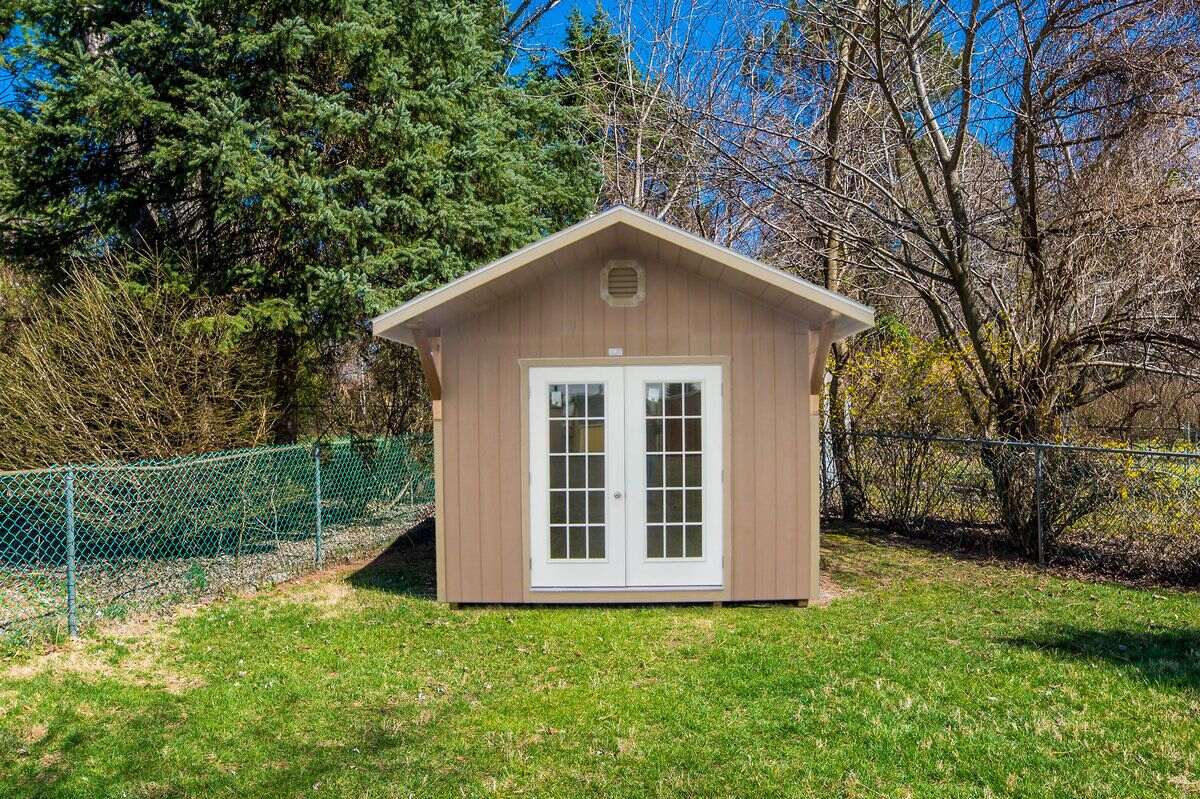



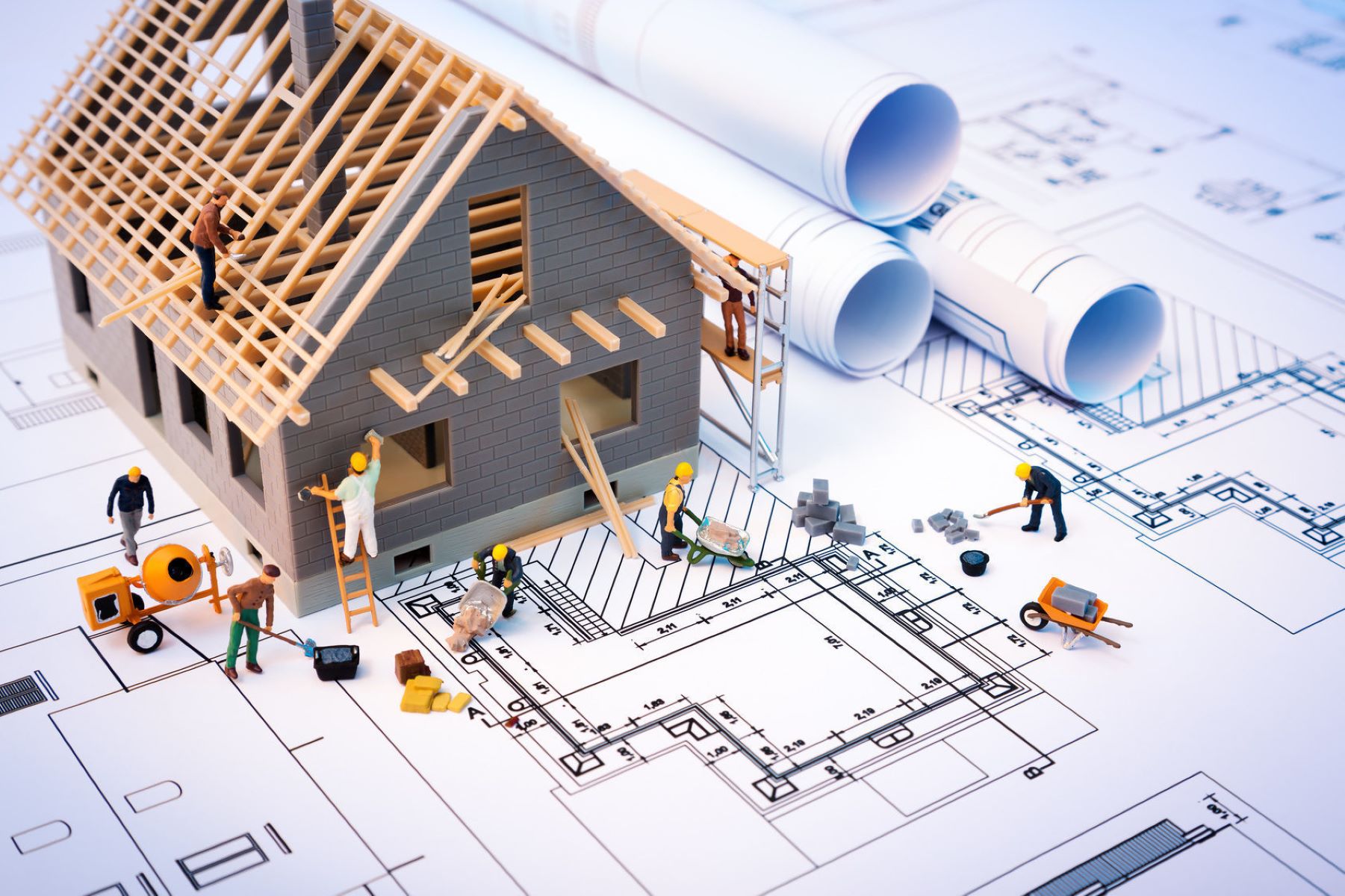


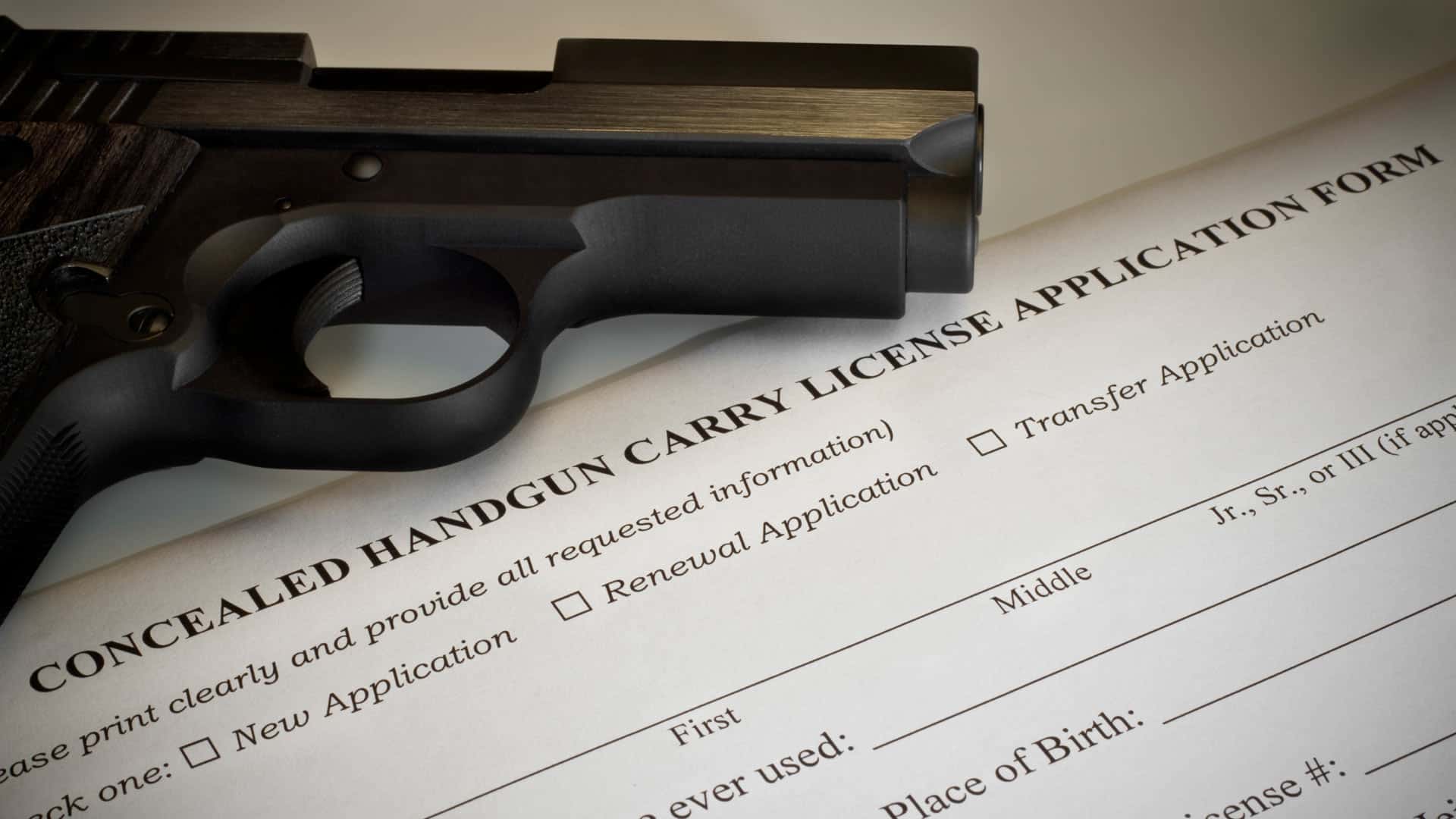

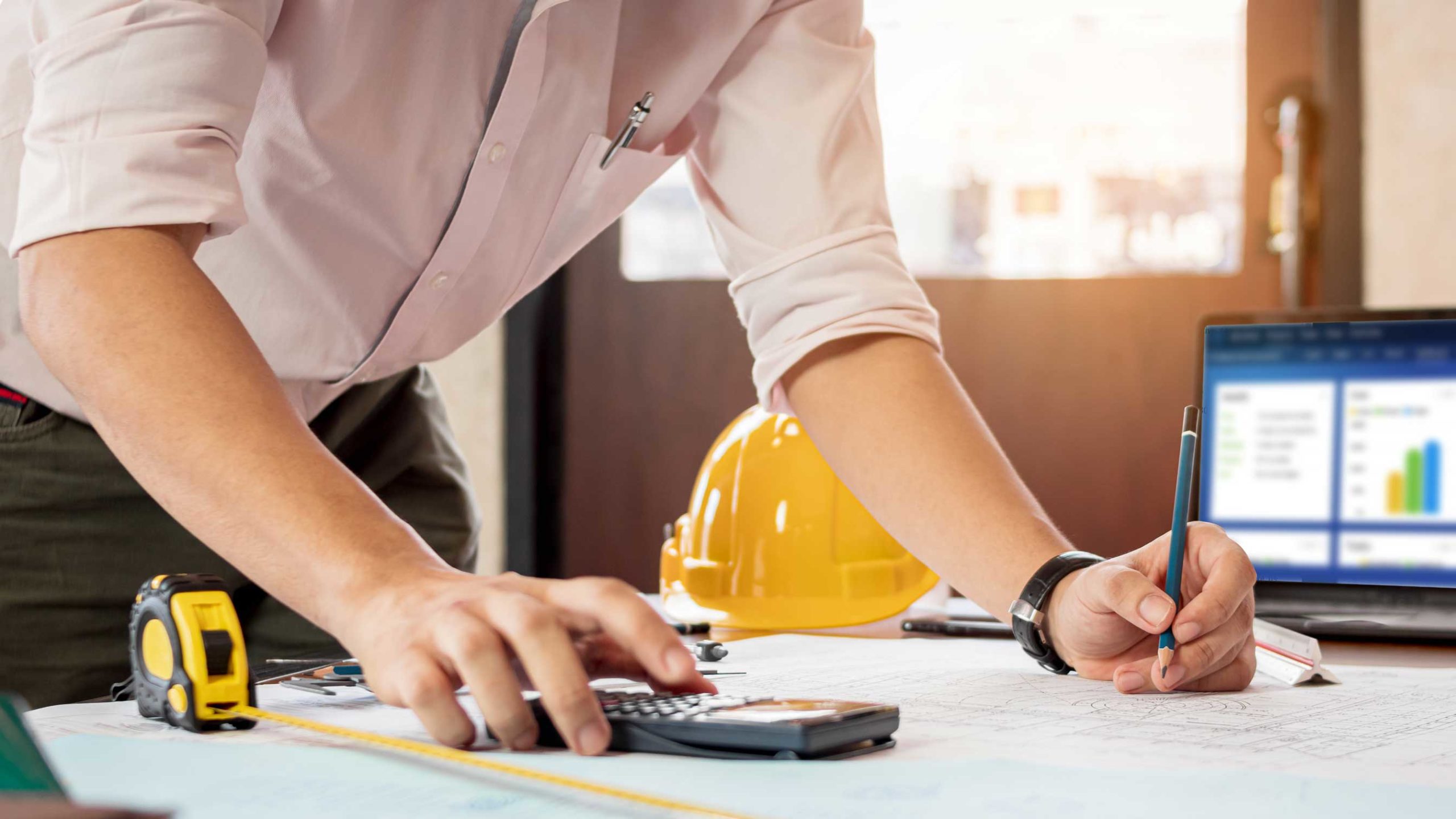
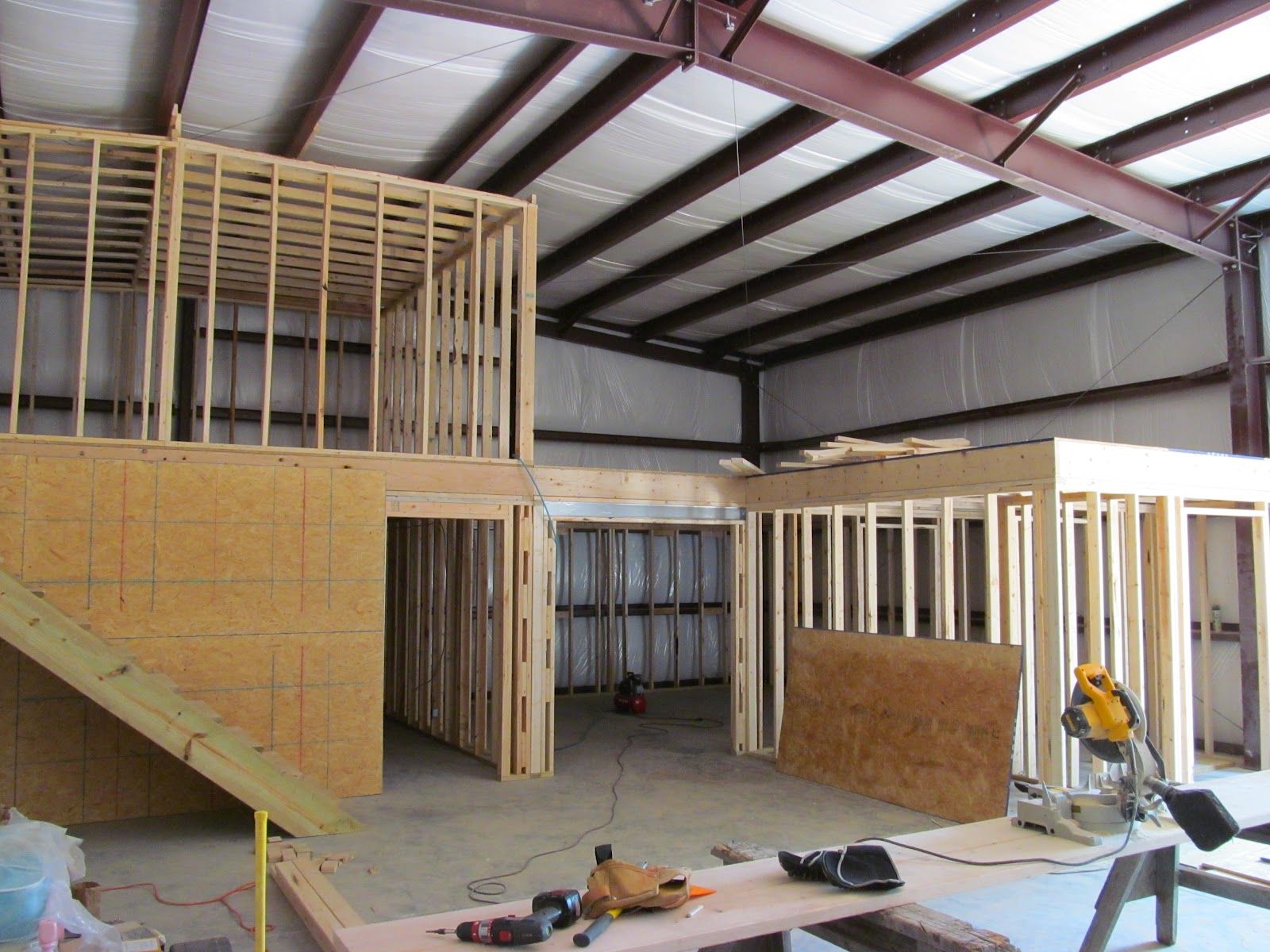
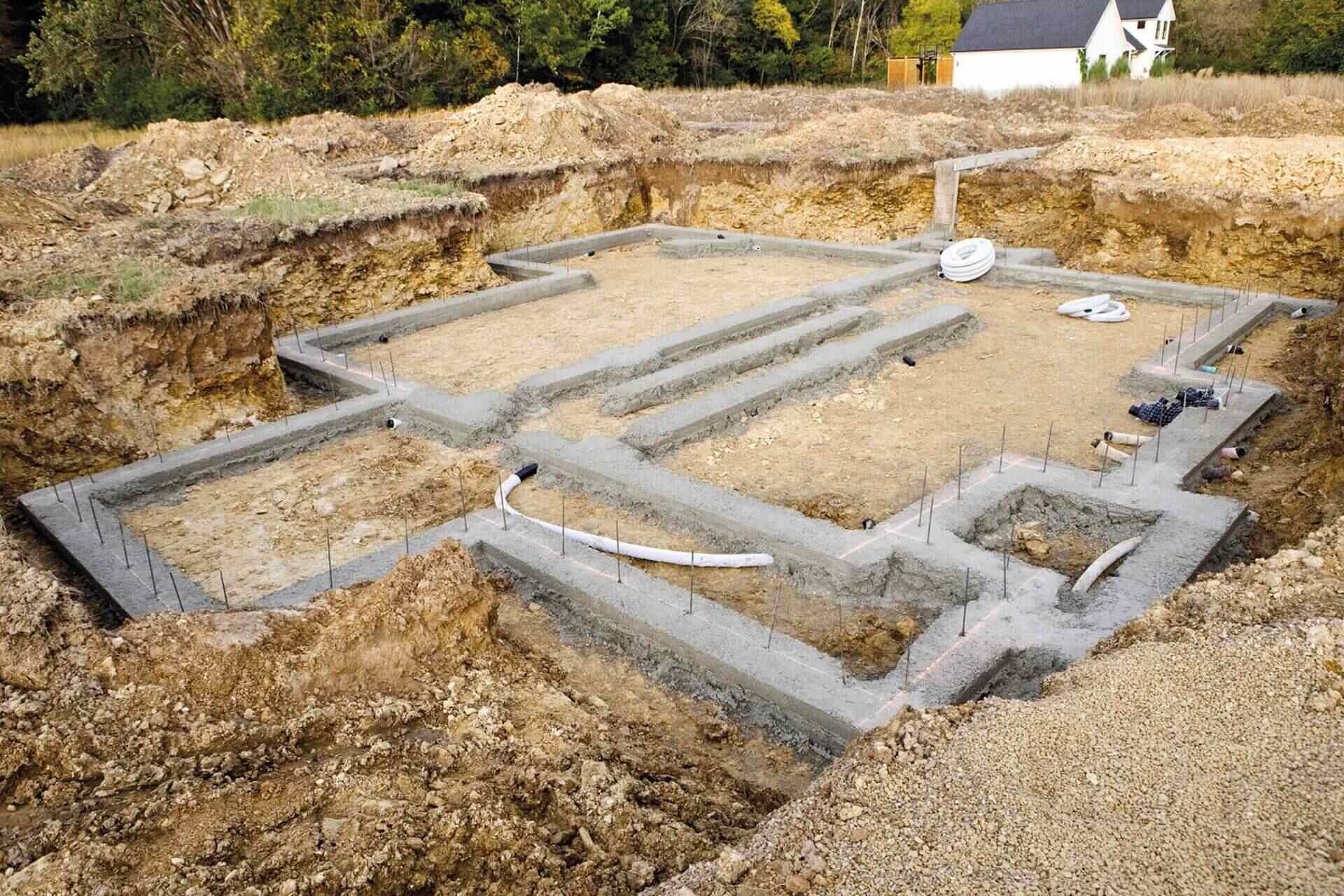
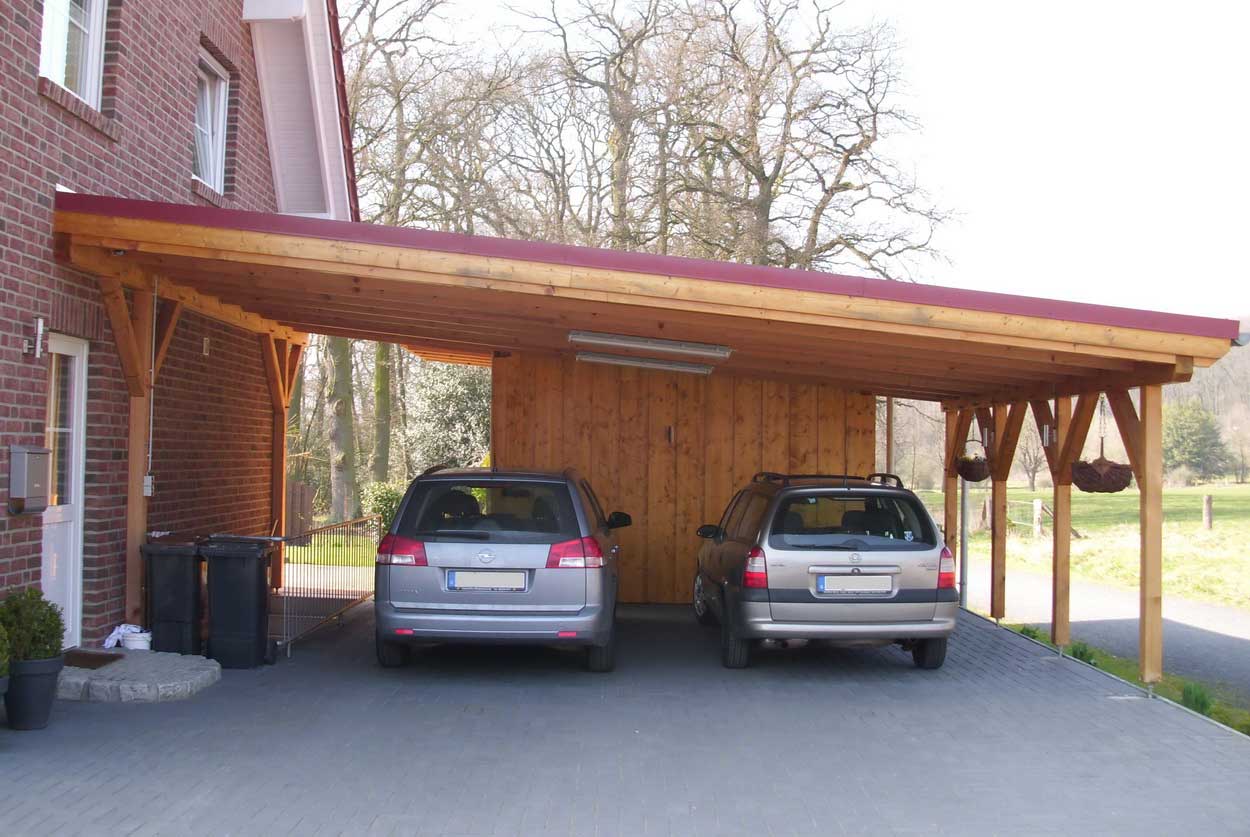

0 thoughts on “How To Get A Building Permit For A House”